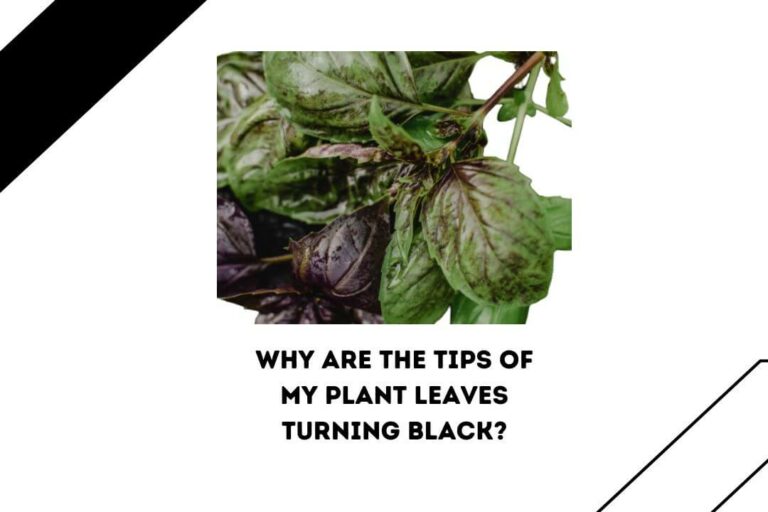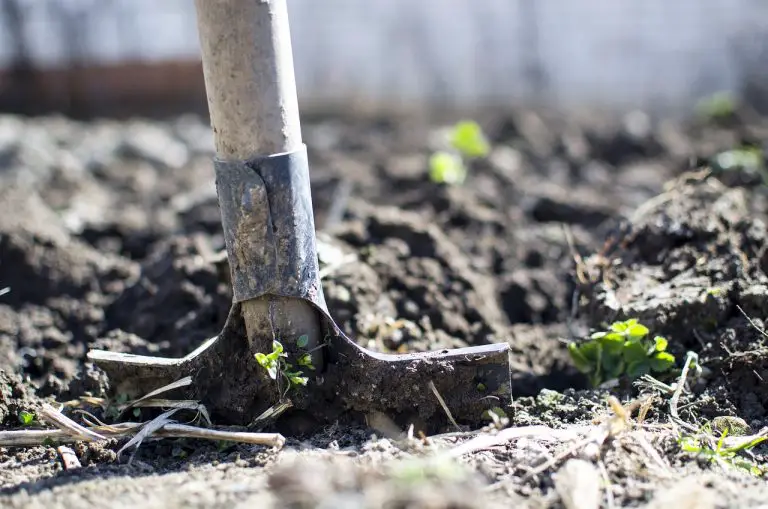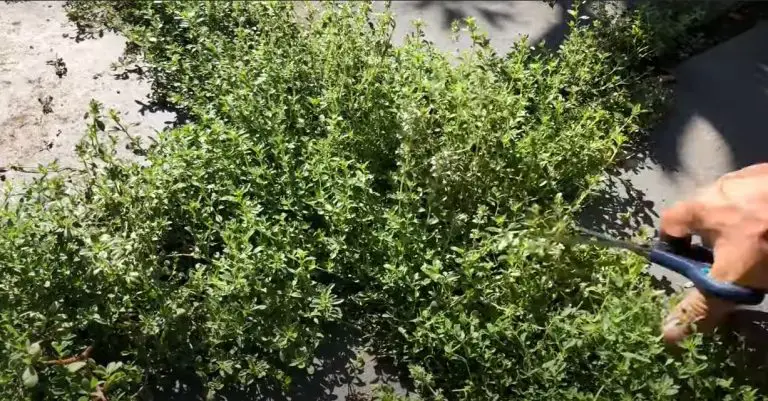Since Repotting is an essential process for the health and growth of plants, you are not alone in asking, ‘should you water your plant after repotting.’ Many have asked, ‘should I water my plant after repotting?’. Therefore I have written this article for you and people unsure if they should water their plants after repotting.
In this article, we will explore the importance of watering your plants after repotting, when to water plants after repotting, how often to water plants after repotting, how after repotting, and how to care for them after repotting. First, let’s learn if you water your plant after repotting, and if so, why?
Should You Water Your Plant After Repotting?
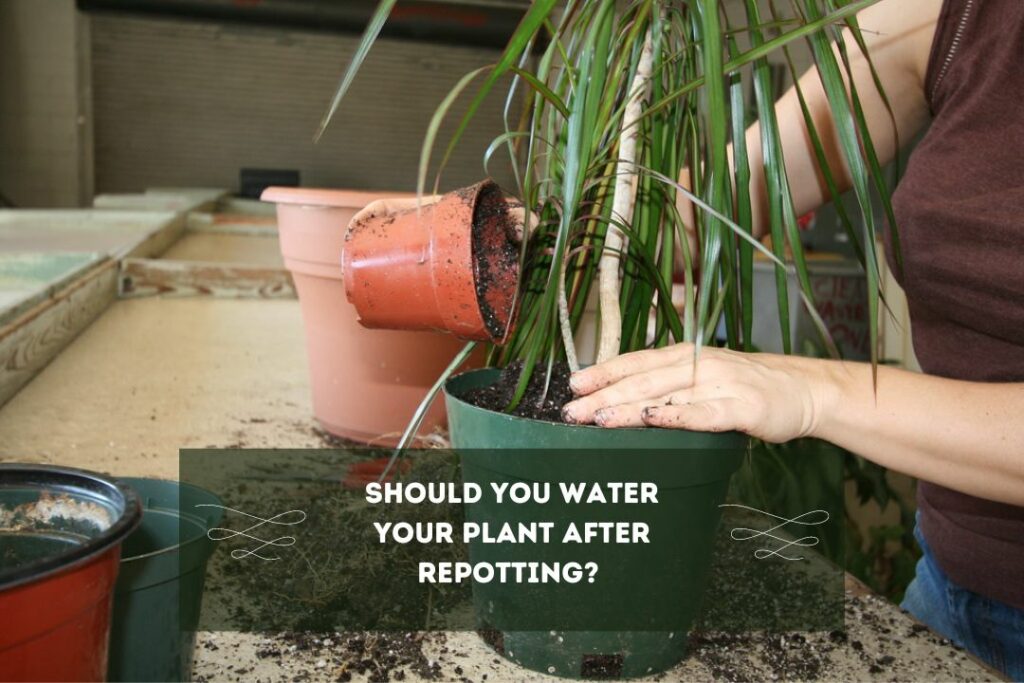
Yes, you should water your plant after repotting. When you repot a plant, you disturb its roots, and the plant may experience shock, which can cause wilting or drooping. Watering your plant after repotting helps it to recover and rehydrate its roots.
If you water your plant after repotting, you’ll also prevent the roots from drying out quickly. When you disrupt the soil around its roots during repotting, the roots experience difficulty absorbing enough moisture. However, ensure you are not overwatering, as it may harm your plant rather than do good.
Overwatering is the most common cause of root rot, which can kill your plant. It’s essential to water your plant only when necessary and not to overdo it (If accidentally happens, check our helpful guide on “How to Fix Waterlogged Potted Plants“). Therefore if you don’t know when you should water the plant after repotting, here’s what you should do.
When to Water Plants After Repotting?
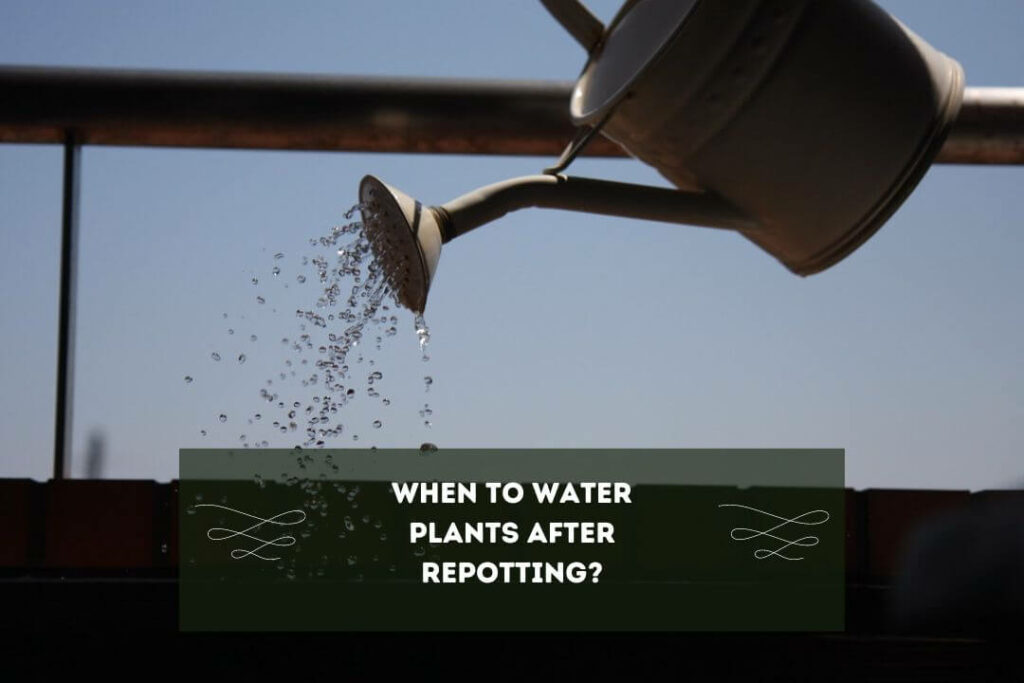
When you should water your plant after repotting depends on various factors like plant type, pot size, and environment. However, if you cannot water your plant immediately, wait until the soil has had a chance to settle and water it as soon as possible.
Since it’s recommended to water your plant right after repotting to settle the soil and encourage new root growth, you should learn what factors might influence the timing of watering your plant.
7 Factors That Influence The Timing of Watering Plants After Repotting
If you don’t learn & consider these factors, you might end up over or under-watering your plant, which can be detrimental to its health.
According to the University of Minnesota, Extension, factors that can influence the timing of watering plants after repotting include:
- Soil type: The type of soil you are using can impact how quickly it dries out and how often you should water it.
- Plant size: You might already know that larger plants typically need more water than smaller ones.
- Pot size: Also, know that larger pots mostly hold more moisture. Therefore, if you use one, you might not have to water it as much as you think.
- Environmental conditions: Humidity, temperature, and light affect how quickly plant soil dries out. Therefore, make sure you also consider ecological conditions when watering your plant after repotting.
- Soil Moisture: Use a moisture meter or stick your finger into the soil to check its moisture level. If the ground feels dry, it’s time to water your plant. However, if the soil is still damp, you must wait a little longer before watering.
- Plant Type: I don’t need to tell you that different types of plants have additional water requirements. If you are growing plants like succulents and cacti that are known to tolerate dry soil for more extended periods compared to ferns or tropical plants, you don’t need to water it right away after repotting. I will highly advise you to research the water needs of your plant species.
- Plant’s Growth: If your plant appears healthy with new leaves, larger size, or improved overall appearance, you can wait for a little before watering your plant after repotting. But, if your plant seems to be stunted or not growing, it is a sign of under or overwatering.
3 Steps To Know If Your Plant Needs Water After Repotting
Since consistency is vital when watering your plants, you should always stick to a regular watering schedule that suits your plant’s needs and conditions. Ensure you are not making any sudden changes in the frequency or amount of water you give your plant, as this can shock its system and cause stress.
According to the BobVila, improper watering is the most common cause of houseplant death. On the other hand, underwatering can cause the plant to wilt, become brittle, or drop leaves, leading to death. This is why you must learn when your plant needs watering after reporting.
- Firstly, you should check the soil moisture by sticking your finger 1-2 inches deep into the soil of the previous container. If it feels dry, you must water your plant after repotting because it was already suffering from underwatering growing on the last container.
- Secondly, you must look for signs of wilt or drooping leaves, which often indicates your plant is dehydrated and needs watering. After reporting your plant, if you notice any of this type of particular symptoms, you should water it immediately.
- It would also be best to consider lifting the pot and feeling its weight. If it feels light, it’s a clear sign that the soil is dry and your plant needs water. So, please do it.
What To Do If You Can’t Water Your Plant Immediately After Repotting
If you can’t water your plant immediately after repotting, you should cover the surface of its soil with a layer of mulch, like wood chips or leaves, as it will help retain moisture. Additionally, you should avoid placing your plant in direct sunlight, which will cause the soil to dry out more quickly.
How to Water Plants After Repotting?
- Firstly, you should pour water slowly over the soil so that it penetrates deeply without washing the dirt away.
- Also, ensure that you water the plant at the base rather than from the top to avoid getting water on the leaves, which can lead to fungal diseases.
- You must know that cold water can shock the roots of your plants. So I will highly advise you to use room-temperature water instead.
Note: The amount of water your plant needs after repotting also depends on the pot size, the type of soil, and the plant’s specific needs. As a general rule, you should water your plant until the water begins to drain out of the bottom of the pot, indicating that the soil is fully saturated.
Prevent Soil Erosion When Watering Your Plant After Repotting
If you don’t carefully Water Your plant after reporting, soil erosion can occur. If you notice the water flowing too quickly through the soil, washing it away and potentially exposing your plant’s roots, you must take action quickly.
According to National Institutes of Health, soil erosion can be a significant problem for plants, leading to nutrient loss and increased vulnerability to pests and diseases.
Therefore, you must pour water slowly over the soil and avoid creating channels d that can direct water away from the roots. This will help you in preventing soil erosion when watering your plant after repotting,
- Also, Read
- Honey vs molasses: which one is better for plants?
- Why my indoor money plant leaves turning yellow
- Why are the tips of my plant leaves turning black?
How Often To Water Plants After Repotting?
As a general rule, watering your plant when the top inch of soil feels dry to the touch is recommended. Additionally, make sure that you consider the humidity levels and the amount of sunlight your plant receives, as these can affect how quickly the soil dries out.
As I told you earlier, the frequency of watering your plant after repotting depends on various factors, like the plant type, the pot size, and the environment. It would be best if you also considered flushing your plant Occasionally. If you don’t know how, here is a good guide on: how to flush plants without overwatering.
Conclusion
Now, you know when you should water your plant after repotting. In this article, I have tried my best to help you determine how to – water your plant after reporting. If you find this article helpful, then consider sharing it.
Your share will help teach people the importance of moisturizing their plants after repotting and what they should avoid doing to prevent soil erosion, root rot, and many other issues I have discussed in this article.
Ensure you follow the tips & tricks in a systematic and actionable approach to get results more quickly. No doubt that repotting your plant will shock its overall root system. Therefore, you should immediately water your plant if it appears unhealthy or the roots look entirely dried.
You can wait a little longer if your plant is healthy and the soil feels slightly moist. Depending on the factors and specific conditions mentioned in this article and your preferences, you should take the right approach to water your plant after reporting.
Check our other helpful guide on plant care and management posted on our website. See you in the next post. Till then, take care and goodbye.

